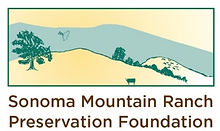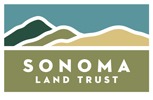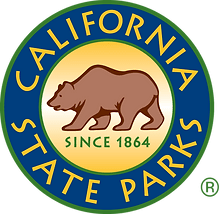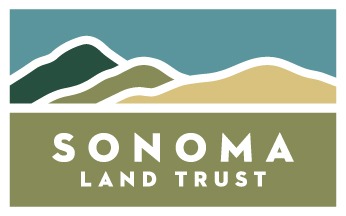Sonoma Valley Wildlands Collaborative
A Public-Private Partnership
The Sonoma Valley Wildlands Collaborative is a group of six conservation organizations and land management agencies that is coordinating the management of 20,000 acres of natural lands in the Sonoma Valley region in Northern California. Together we aim to maintain and improve ecosystem health, increase resilience to wildfires and climate change, and reduce future impacts of wildfire to communities in the Sonoma Valley.
Our Lands
The lands of the Sonoma Valley Wildlands Collaborative comprise over 20,000 acres in 16 individual parks and preserves. Together these properties make up a significant portion of the wildlands that burned in the 2017 Nuns Fire and previous high-intensity wildfires in the region. Managed by our partners for ecological benefit, open space, outdoor education, and recreation, these properties share Sonoma Valley with the communities of Oakmont, Kenwood, Glen Ellen, Bennett Valley, Eldridge, El Verano, Fetters Hot Springs, Agua Caliente, and Sonoma.
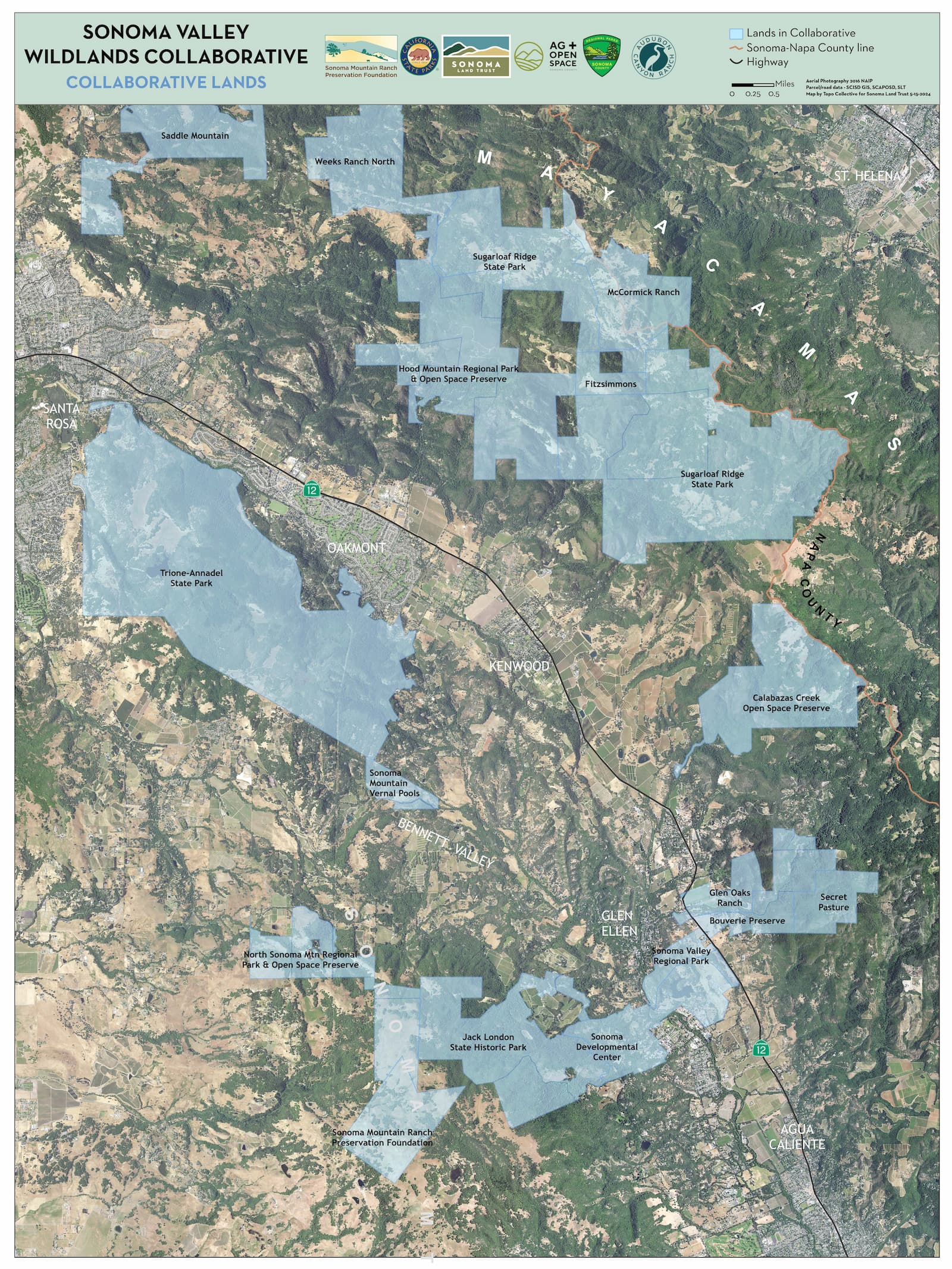
How we are working to help communities
The Collaborative came together in the wake of the 2017 Nuns Fire that had devastating consequences for the communities of the Sonoma Valley and surrounding hills. Now we are working closely with CAL FIRE to develop a long term strategy on a landscape scale. By managing our own lands for ecological health and resilience, the Collaborative is doing our part to help protect the communities of the Sonoma Valley in the event of future wildfires.
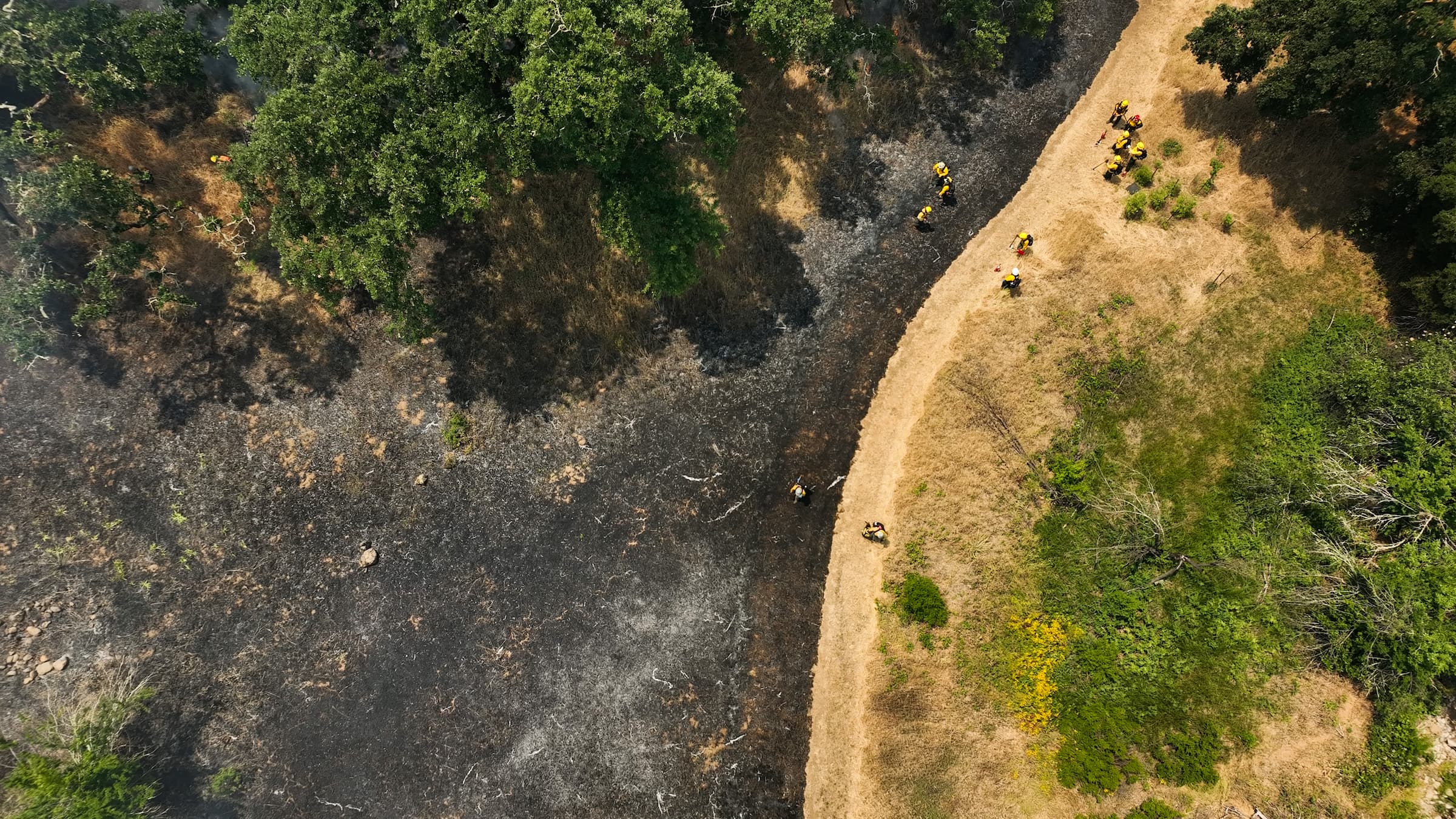
Fire’s Role in California’s Ecosystems
For thousands of years, fire was a regular part of life in the land now known as California. Through lightning ignitions and intentional burning by indigenous residents, plants, animals, and landscapes evolved with and became dependent on with regular fire. Over the last 200 years, we have disrupted that historic balance, so when wildfires do occur, they burn at the hottest and driest part of the year. Through the following strategies, we are working to limit the most destructive effects of wind and climate-driven wildfires, building resiliency into the forest and woodlands of Sonoma Valley.
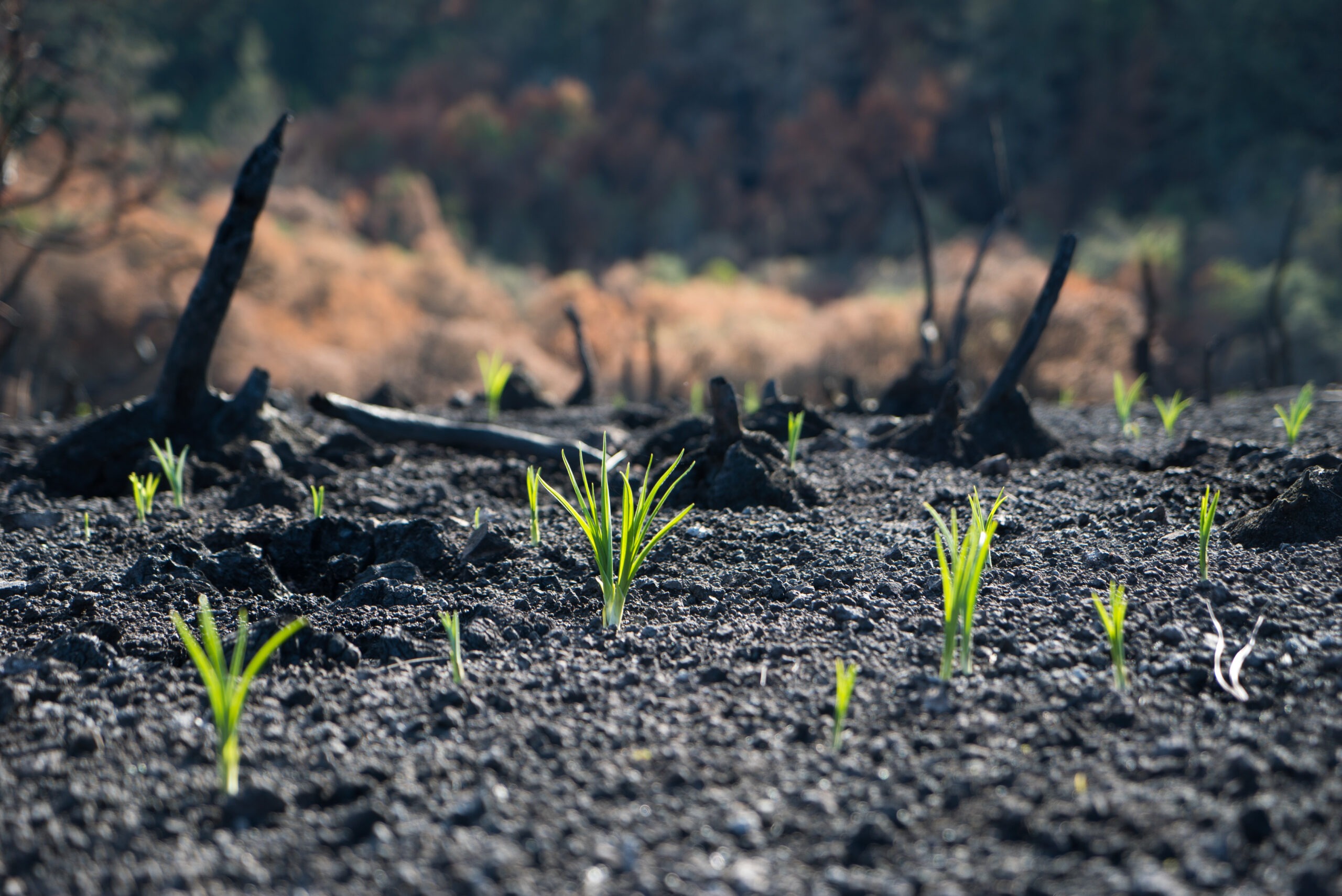
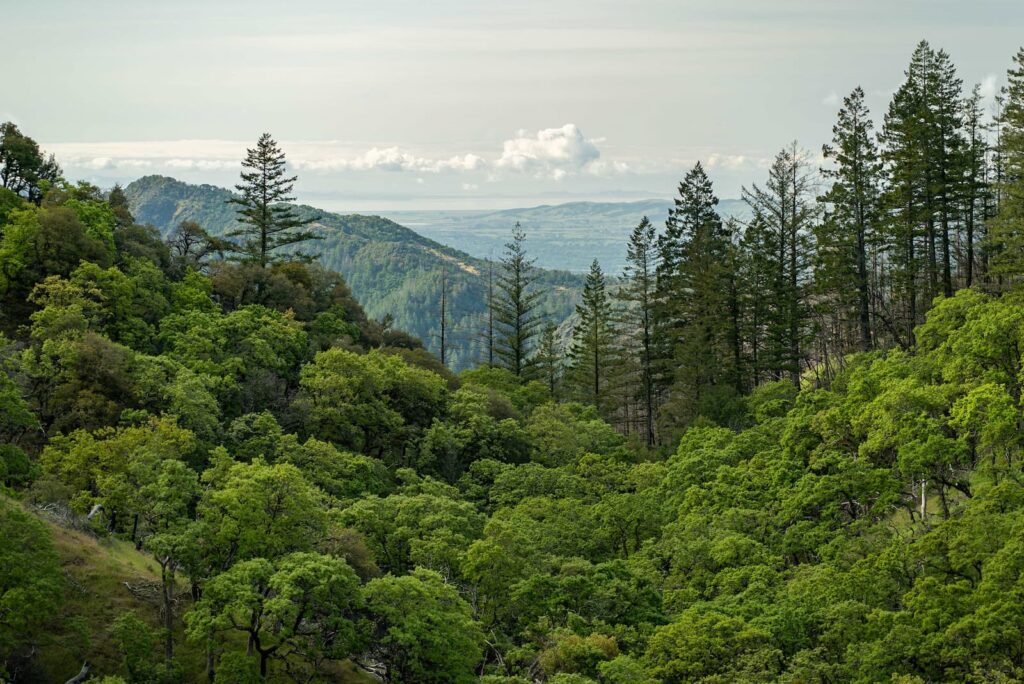
Forest Health
We are using proven strategies to achieve forest health and to help reduce the impacts of wildfires. These include ecologically-appropriate thinning in forests and woodlands, reducing ladder fuels, installing shaded fuel breaks, clearing roads to improve access for emergency personnel and provide safer evacuation routes in the event of wildfire.
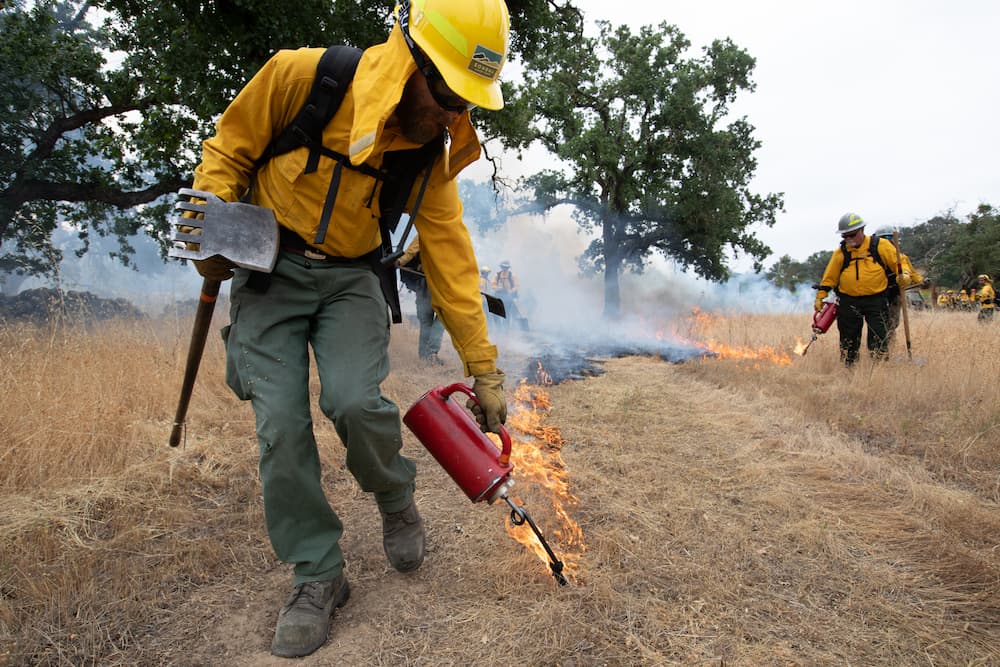
Prescribed Burning
The use of prescribed burning restores fire to its historic role in wildland ecosystems, reduces hazardous fuels, combats invasive species, and enhances community and firefighter safety. By choosing the time of year we burn and techniques to lower the fire’s intensity, far less smoke is emitted than would occur during a major wildfire.
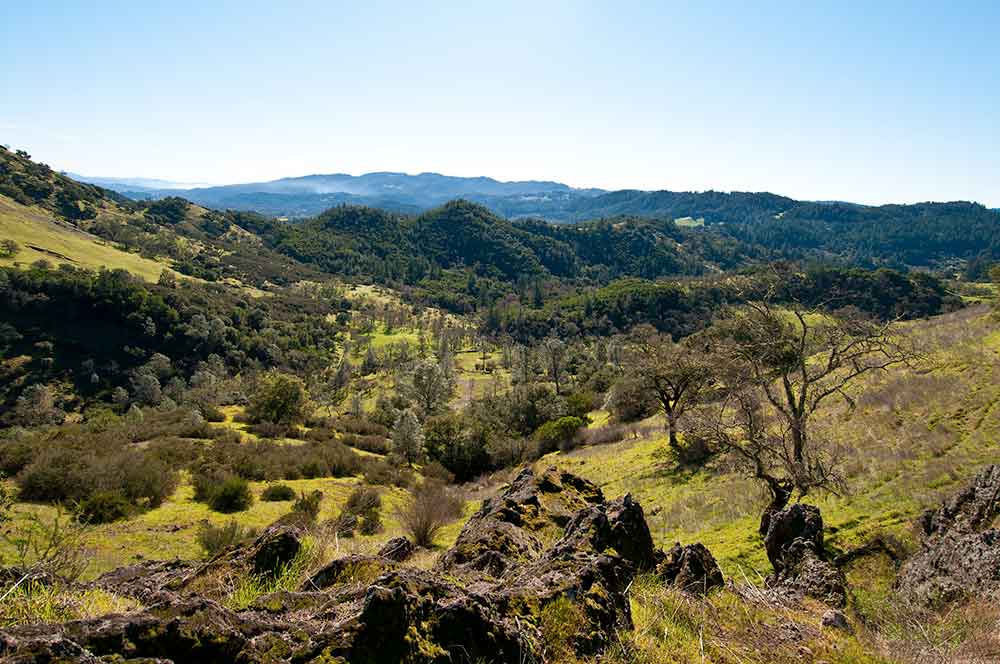
Landscape Scale Planning
Ecological challenges like wildfire and climate change know no property boundaries or jurisdictional lines. This is why a growing number of public-private partnerships throughout California and the world are embracing a cooperative landscape-based approach to land management.
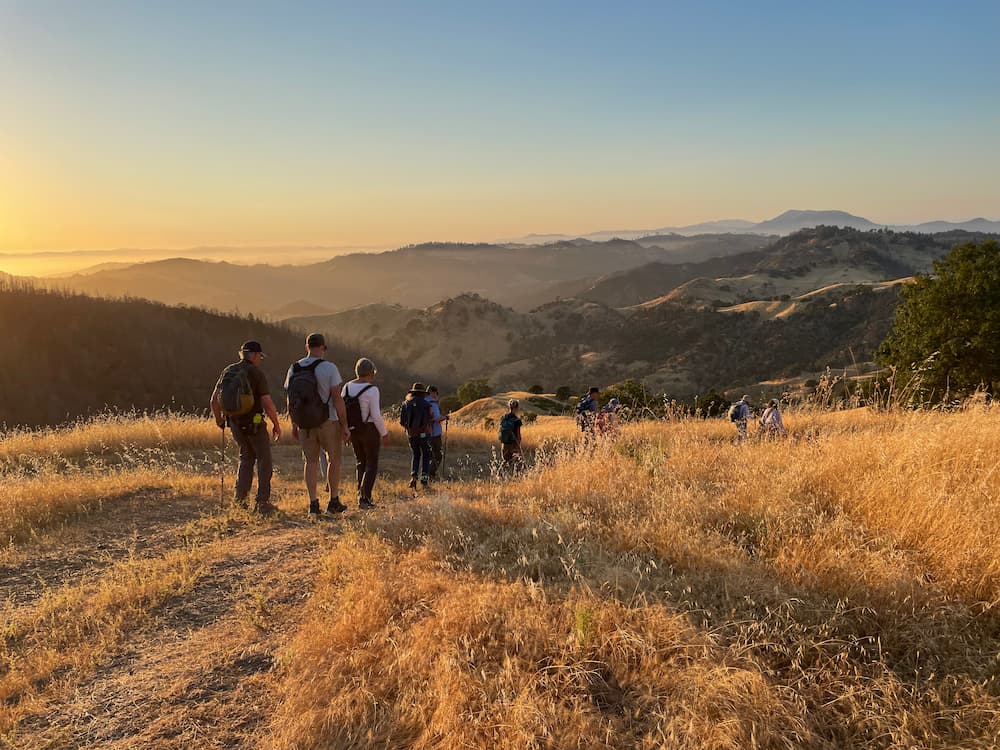
Engaging Community Members
Public outreach and education are core values of the Collaborative. Through this website and other media, we notify the community of upcoming projects and provide updates on project milestones. We also offer periodic site tours and public meetings. In addition, several Collaborative members provide regular educational opportunities such as fire ecology outings and workshops that focus on how our lands are responding to fire.
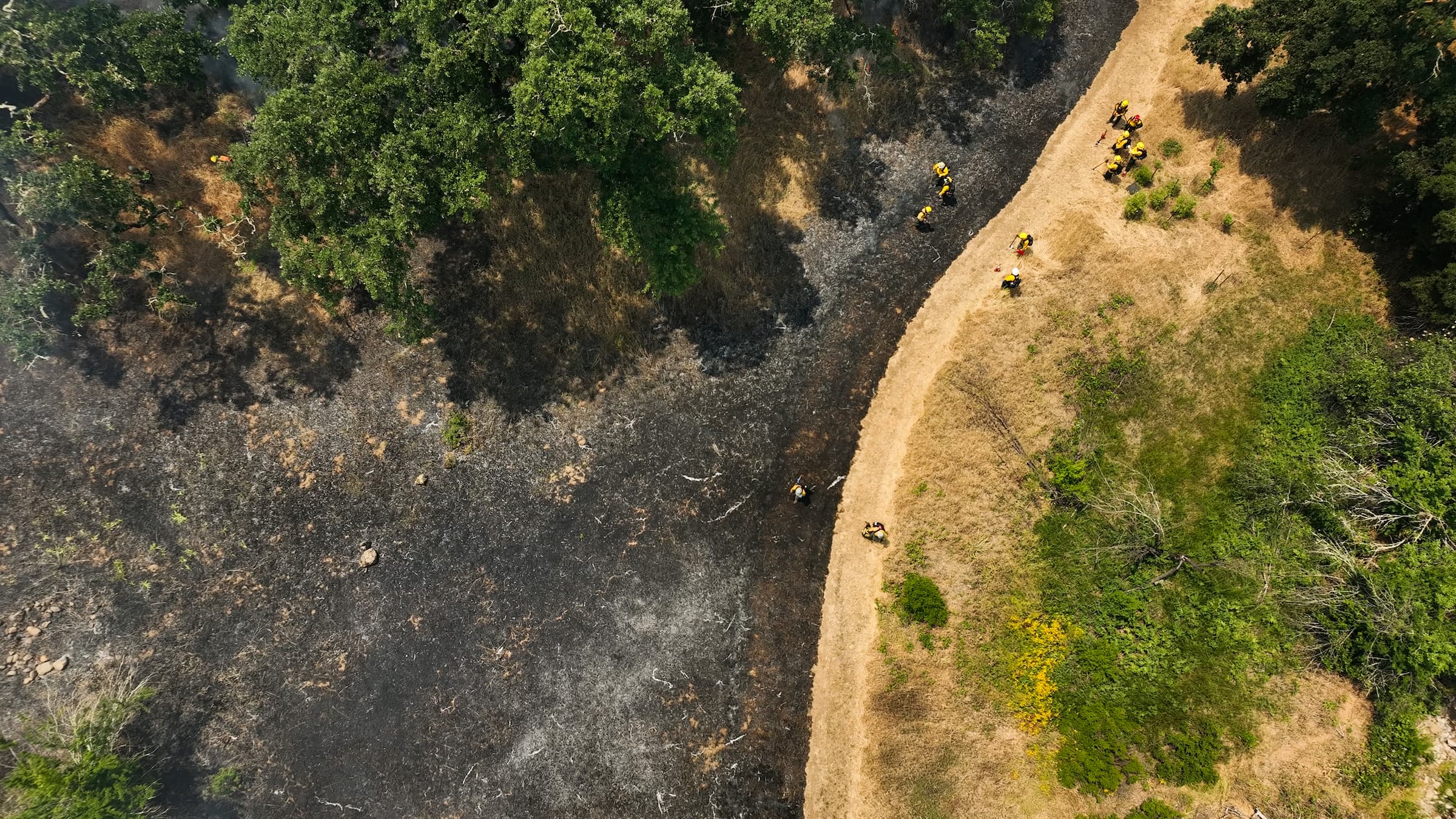
Prescribed Fire FAQs
The following resources are designed to answer some of the most common questions we hear around Prescribed burning as part of land stewardship. For those who want to explore more about this topic, there are several resources linked at the bottom of this page.
Why a regional approach?
Our largest and most pressing ecological challenges–such as climate change, fire management, and need for clean air and water–are happening at a pace and scale that demand we work together to solve them. Increasingly, groups across California and the world are coming together to develop innovative partnerships across boundaries to address these challenges at a landscape scale. The Sonoma Valley Wildlands Collaborative is a member of the California Landscape Stewardship Network, which is working to help groups like ours build this new cooperative movement.
What is a prescribed burn?
Prescribed burning is the use of fire under predetermined conditions to achieve specific objectives. Objectives could include fuel reduction, invasive species control, rangeland or forest health improvement, or training for firefighters.
Why do we need to do any of these burns in California?
Fire is a keystone ecological process, and most of California’s ecosystems have evolved to depend on it as a dynamic process that maintains ecological resiliency. As a conservative estimate, approximately 4.5 million acres burned annually in California before European arrival; which is on a similar scale as some of the worst wildfire years recently (Stephens et al 2007). Because of this history of annual burning, smoky skies were typical through most of the summer, and fires were patchy, of mixed severity, and self-limiting in size (Keeley 2002). Many plants and animals are well adapted to, and sometimes depend on, fire to move through their life cycles.
After nearly 200 years of fire suppression, what we’ve learned is that we cannot stop wildfires from occurring in California. We’ve also learned that our suppression strategies have been part of the problem – paradoxically, by putting out every fire we can, we unintentionally increase the destructive capacity of wildfires when they do occur. What we can and should do is take actions through stewardship to mitigate the effects of wildfire, and to help prevent our communities from being harmed. Native Americans have long understood fire is an integral part of California’s natural processes, which is why they’ve been conducting intentional burns since time immemorial. These burning practices ensured the health of the lands and wildlife that sustained them by regenerating foods and medicines, creating defensible spaces, and making wildfire behavior easier to predict.
Can’t we just use thinning or chippers to mitigate wildfire risk?
In short, neither thinning practices nor controlled burning alone are as effective as when they are combined. A nationwide Fire and Fire Surrogates study showed that prescribed fire has unique effects on ecosystems, and most of those effects can’t be achieved without fire. From a fuel management perspective, the most effective treatments are often those that involve mechanical thinning followed by prescribed fire. This is because after thinning, the woody debris doesn’t go away, it’s left on the ground and will burn very hot during wildfire. It is absolutely critical to manage slash (leftover woody debris) to reduce wildfire risk.
But isn’t fire dangerous?
Safety of people and property is the number one priority to every prescribed fire project. Prescribed burns are carefully planned and must meet strict criteria for ecological benefit, weather parameters, smoke management and fire safety guidelines. The planned operation is subject to last-minute changes due to those conditions.
When all conditions are met, trained wildland firefighters conduct the burn while monitoring the set criteria, fire behavior and designated fire control lines. Crews stay onsite for days to monitor the site. Prescribed burns must comply with permits and requirements from CAL FIRE and local air districts.
What are the benefits of prescribed fire?
Almost all of California’s landscapes have evolved with fire, so fire is an integral part of stewarding them. Prescribed fires return nutrients to the soil, stimulate plant growth and germination, and help sustain the complex mosaic of plant communities that support California’s tremendous biodiversity. Prescribed fires can also remove fuel from the landscape making it safer for people and conduct targeted stewardship of vegetation, including the management of invasive species.
What time of year do prescribed burns take place?
We use the term “prescribed” because these projects follow a prescription. Part of the planning process includes careful evaluation of fuel moisture, humidity, temperature, and wind, and other metrics. The fire proceeds only if the correct prescription can be met. Months, sometimes years, of preparation precede a burn. If, on the day of, metrics are measured and are no longer favorable, the burn is canceled or postponed to a time when the appropriate conditions can be met.
Generally most projects occur during two seasons: early summer, after annual grasses have cured but before conditions are too hot, and later in the fall, in the transition between extreme conditions to rain. But projects could occur at time of the year provided that the conditions are in prescription.
Can’t you just wait and burn in the winter?
Objectives can include more than just fuel reduction. As an example, yellow star-thistle is an invasive weed that takes over grasslands and can cause injuries to grazing animals. Star-thistle is most vulnerable to fire in June and July, when the seed has grown but not yet matured. Research at Sugarloaf found that 3 years of carefully targeted burning reduced the population by up to 98%. Fall or winter burning would not have the same outcome.1
Do prescribed burns ever go wrong?
The U.S. Forest Service estimates that 4,000-5,000 prescribed burns are completed annually by federal land management agencies, with 99.8% of those are successful, meaning they remain contained within the predetermined area. After a prescribed burn, experts remain on site to ensure all flames are extinguished and later assess the efficacy of the burn. In rare circumstances, conditions can change, and the prescribed fire can move outside of the planned project area, resulting in an ‘escape’ or ‘near miss’. Any damage caused by an escape or near miss requires a complete investigation, often resulting in a change of practices to ensure it doesn’t happen again.
Prescribed burns cause poor air quality, how do I keep myself safe?
Smoke can have impacts on air quality. Projects are planned under permits from air districts, and part of that process includes evaluation of weather and atmospheric conditions to minimize impacts to surrounding communities. We look for conditions where the smoke will rise and disperse, rather than sit low in valleys near homes. But conditions can change and smoke can impact our neighbors. Below are some things you can do to reduce your exposure:
- The Watch Duty app now has prescribed burn information. Using Watch Duty will alert you to the possibility of smoke moving in from far away. Smoke from prescribed burning in other parts of the state or the west can have far-reaching effects.
- Know when prescribed fires are happening in your area – outreach is conducted through social media, email newsletters, and press releases.
- Use an air filter at home; wear a mask when outdoors
- Plan ahead to be outside less or decrease your physical activity if local air quality is poor
What about animals? How does our burning impact them?
For anyone who cares about our wild neighbors, this is an understandable concern. California’s wildlife evolved alongside the cycles of wildfire and intentionally-set cultural burns. They are no strangers to the smoke and dangers of fire, but they also rely on periodic fire to regenerate their food resources. We conduct burns on small scales and they move slowly through the landscape – compare this with the speed at which intense wildfires cover a landscape. Given the “slow and low” nature of our prescribed burns, animals can escape the fire. They have a lot of mechanisms to do this: burrowing underground, occupying rodent burrows, or leaving the burn area to seek shelter. Most wildlife make themselves scarce during a fire and re-emerge after the danger has passed. There are even some species that actually follow fire to reap the benefits of the bounty it can yield.
What is the difference between controlled burning, prescribed burning, cultural burning, intentional burns, and good fire?
Good fire, controlled burns, and intentional burns are umbrella terms for fires that are intentionally set and allowed to burn in a managed way to achieve certain goals (fuels reduction, ecosystem health, invasive species control, tending of materials for basketry or textiles, food sovereignty, etc.), and they encompass both prescribed and cultural burning practices. The main difference between cultural burning and prescribed burning is that cultural burns are planned and guided by Indigenous cultural burn practitioners and often include a spiritual component, while prescribed burns are conducted by State-certified Burn Bosses, CAL FIRE, or federally-certified Burn Bosses with the Forest Service.
What’s the difference between a broadcast and pile burn?
Pile burning generally involves lighting carefully arranged piles of downed fuels, often resulting from thinning practices. These burns generally take place during the rainy season. Broadcast burning involves fire applied across a predetermined area ranging in size from an acre or less up to thousands, and generally after an area has not received precipitation for some amount of time to encourage fire movement. These fires often burn low to the ground and are relatively slow moving.
What resources are available to improve my own home’s safety?
When living in a fire-adapted region, it’s important to ensure your own situational awareness and fire preparedness. Take precautions before an incident to make your home landscape defensible – it really makes a difference. CAL FIRE’s Defensible Space Resources break down how to accomplish this. They also provide you with templates for an emergency action plan that are very useful in preparing for emergencies. The Wildfire Fuel Mapper (a collaborative project between Pepperwood and the UC Cooperative Extension) includes maps, resources, and information to help Sonoma County residents and land managers reduce fire fuel hazard.
News and Media
Lighting the way: Local research is shaping the future of fire stewardship in North Bay from the Audobon Canyon Ranch Blog
North Bay residents join together to tend nearly 1,000 acres with good fire from the Audobon Canyon Ranch Blog
Hood Mountain and the magic of fire recovery from the Sonoma County Regional Parks Blog
Several Prescribed burns planned in, around Sonoma Valley, June 2025
Saddle Mountain Open Space Preserve Prescribed Burn, July 2025
Language of the Land Webinar Recording covering SVWC Projects, August 2022
State Grant Extends Sonoma Valley Wildfire Work from the Press Democrat
What to expect from a prescribed fire PSA (English)
What to expect from a prescribed fire PSA (Español)
